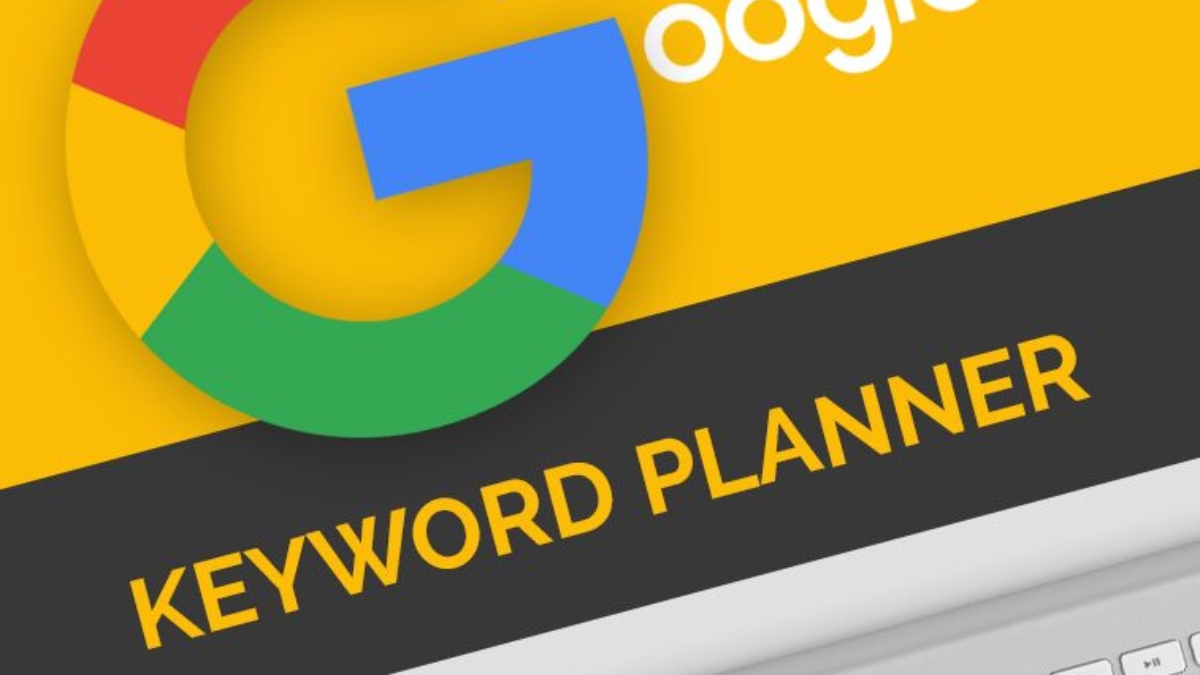If you’re diving into Search Engine Optimization (SEO) or running a savvy Digital Marketing Agency, you already know the secret to online success: finding the right keywords. But let’s be honest, everyone is chasing the big, obvious terms—the “high-competition” phrases that cost a fortune in ads and are nearly impossible to rank for organically. But You have a powerful, free tool right at your fingertips to unearth them: the Google Keyword Planner.

The real gold mine lies in finding high-value, low-competition phrases. These are the terms your potential customers are searching for, but your competitors haven’t aggressively targeted yet. The great news?
What is Google Keyword Planner, Anyway?
The Google Keyword Planner is a free tool housed within the Google Ads platform. Don’t let the “Ads” part fool you. While it was initially designed to help advertisers find keywords to bid on, it is an indispensable resource for organic SEO research. Think of it as a direct peek into the mind of Google’s search engine data.
It gives you insights into:
- Average Monthly Searches: How often people are actually typing a keyword into Google.
- Competition: This is crucial. In the Planner, this specifically refers to the level of advertiser competition for a keyword (Low, Medium, or High). For SEO, a low advertising competition often signals that a term might be easier to rank for organically, though you’ll need to do some manual checks.
- Suggested Bid: This is a clear indicator of a keyword’s commercial value. If advertisers are willing to pay a high price per click, it means those searchers are valuable—they’re ready to buy or convert.
The Strategy: Finding the Low-Hanging Fruit
The art of finding high-value, low-competition phrases is all about balance. You’re looking for keywords with decent search volume, a Low Competition score in the planner, and ideally, a high Suggested Bid (which hints at high commercial value).
Here is your step-by-step roadmap for using the Google Ads Keyword Planner effectively:
1. Access the Planner
First, you need a Google Ads account. You don’t need to run a paid campaign to use the Planner—you just need the account setup.
- Log in to Google Ads.
- Navigate to Tools & Settings (the wrench icon) and select Keyword Planner under the “Planning” section.
- Choose “Discover new keywords.”
2. Start with Seed Keywords and Niche Topics
Instead of starting with one broad term (like “shoes”), use more specific phrases related to your niche (e.g., “eco-friendly running shoes for marathon runners”).
- Enter one or more core phrases related to your business or content.
- You can also enter your competitor’s website URL to see keyword ideas related to the content on their site.
3. Filter for Volume and Location
Refine your results to make the data manageable and relevant:
- Adjust Location: Make sure you set the target location to where your customers are. Local businesses should target cities; national companies should target the country.
- Filter by Volume: Look for keywords with at least 100-1,000 monthly searches. Anything lower might not be worth the effort, and anything too high (10K+) is likely highly competitive.
4. Zero in on Low Competition by Google Keyword Planner
This is where you find the low-hanging fruit.
- Sort the results by the Competition column, focusing on terms marked “Low.” These are the keywords where few advertisers are actively bidding, suggesting less competition overall.
- Next, look at the Top of page bid (high range) column for these “Low Competition” keywords. If this bid is relatively high, you’ve struck gold! It means the term has commercial intent, but not many people are trying to advertise on it, which is the perfect mix for organic SEO.
5. Embrace the Power of Long-Tail Keywords through Google Keyword Planner
The secret to low competition is often specificity. Long-tail keywords—phrases that are three or more words long—are far less competitive because they target a very specific user need or question.
- Instead of targeting “pet food,” look for “best grain-free puppy food for small breeds.”
- Use question-based searches (e.g., “how to fix a leaky faucet without a plumber”) as these phrases are great for creating helpful, authoritative blog content.
SEO and Your Digital Marketing Agency
For a Digital Marketing Agency, leveraging the Google Keyword Planner this way is a major competitive advantage.

- Smarter Client Strategy: It allows you to build a practical and achievable Search Engine Optimization strategy for your clients. Instead of promising rankings for impossible keywords, you can target achievable, high-intent terms that drive actual sales.
- Content Creation Blueprint: The Planner gives you a clear blueprint for content. Those long-tail, low-competition phrases turn directly into blog post ideas, FAQ sections, and landing pages that answer your customers’ specific questions.
- Efficiency: Targeting less competitive keywords means you can often see rankings and traffic results faster, delivering quicker wins for your clients and proving the value of your agency’s work.
In the world of SEO, the goal isn’t just to rank for any keyword, but to rank for the right keywords—the ones that connect your business with customers ready to engage. The Google Keyword Planner is your essential tool for making that connection efficiently and effectively.
Would you like me to walk you through a specific example of finding long-tail, low-competition keywords for a hypothetical business?

